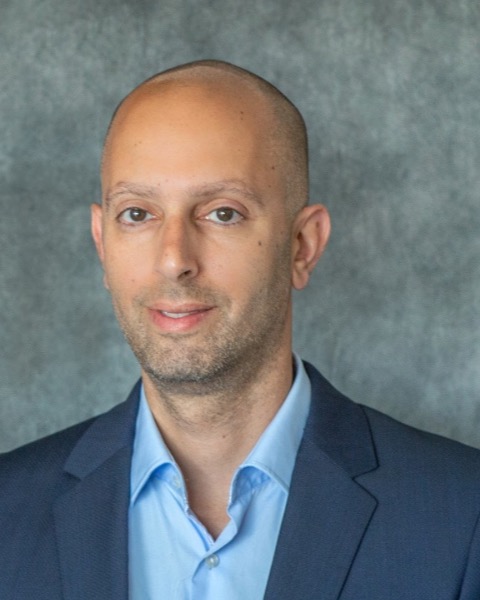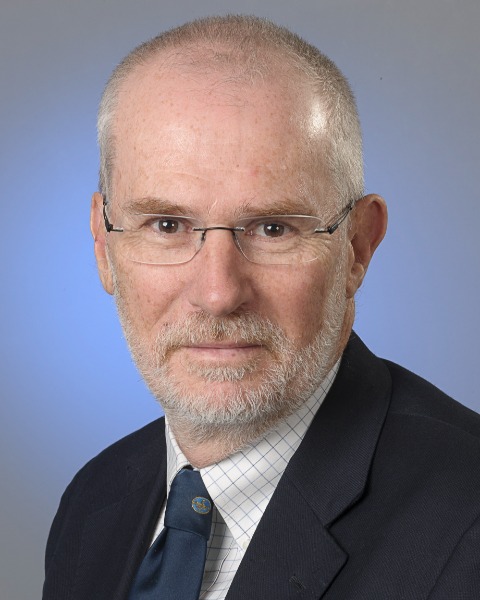Sarcoma
E426: A comparable study testing the use of a 3D augmented reality model with conventional imaging as a pre-operative assessment tool for surgical resection of retroperitoneal sarcoma.

Eyal Mor, MD
Fellow
The Peter MacCallum Cancer Centre
Parkville, Victoria, Australia
Eyal Mor, MD
Fellow
The Peter MacCallum Cancer Centre
Parkville, Victoria, Australia
Eyal Mor, MD
Fellow
The Peter MacCallum Cancer Centre
Parkville, Victoria, Australia- ST
Shai Tejman-Yarden, n/a
Consultant
The Edmond J. Safra International Congenital Heart Center, Sheba Medical Center, Ramat Gan, Israel, United States - DM
Danielle Mor-Hadar, n/a
Fellow
Division of Cancer Surgery, Peter MacCallum Cancer Centre, United States - DA
Dan Assaf, n/a
Resident
The Department of General and Oncological Surgery - Surgery C, Sheba Medical Center, Tel Hashomer
Ramat Gan, United States - NN
Netanel Nagar, n/a
B.des
The Engineering Medical Research Lab, Sheba Medical Center, United States - OV
Oliana Vazhgovsky, n/a
BA RN
The Engineering Medical Research Lab, Sheba Medical Center., United States - ME
Michal Eifer, n/a
Fellow
Cancer Imaging, Peter MacCallum Cancer Centre, United States - JD
Jaime Duffield, n/a
Fellow
Division of Cancer Surgery, Peter MacCallum Cancer Centre, United States 
Michael A. Henderson, n/a
Consultant
Division of Cancer Surgery, Peter MacCallum Cancer Centre
Melbourne, Victoria, United States- DS
David Speakman, n/a
Consultant
Division of Cancer Surgery, Peter MacCallum Cancer Centre, United States - HS
Hayden Snow, n/a
Consultant
Division of Cancer Surgery, Peter MacCallum Cancer Centre, United States .jpg)
David Gyorki, n/a
Consultant
Division of Cancer Surgery, Peter MacCallum Cancer Centre
Melbourne, Victoria, United States
ePoster Abstract Author(s)
Submitter(s)
Author(s)
Methods:
13 patients who underwent surgical resection of their sarcoma between the years 2018 to 2023 were randomly selected to generate a selection of tumours located in the right and left retroperitoneum or pelvis. A 3D model was created from the patients pre-operative CT scan using a D2P (Dicom to Print) program and were projected by an augmented reality glasses (Hololens). The 3D models were evaluated by 3 experienced sarcoma surgeons and were compared with the baseline 2D contrast-enhanced CT scans. Surgeons were asked to evaluate the ability of the imaging modality to assess various relationships with adjacent viscera as well as the perceived added value of the 3DAR using a 5-point Likert scale (1 very unlikely – 5 very likely).
Results:
13 models of retroperitoneal sarcomas were evaluated by one or more members of the surgical team making a total of 26 responses. The location of the retroperitoneal sarcomas was right in 5 patients (with one invading the IVC), left in 6 patients, pelvic in 2 patients. The pathology was liposarcoma in 9 patients, leiomyosarcoma in 3 and MPNST in 1. Tumours were grade I, II and III in 2, 5 and 6 patients respectively. The average size of the tumor was 233mm (±101.2).
When asked to evaluate whether the 3D model better prepared the surgeon for planned surgical resection, 10 responses favoured the 3D model, 5 favoured 2D CT scans and 11 showed no difference (p=0.074). Surgeons reported that the 3D model offered additional value over standard imaging in the pre-operative planning in 15/26 (57.6%) responses (median score of 4 (range, 1-5). The organs in which 3DAR demonstrated an added value to the current standard imaging were: kidney and renal vessels (51.8%), Aorta and IVC (37.1%), and tumor relation to other organs (25.9%).
The median stated likelihood that the surgeons would consult the 3D model in the pre-operative setting was 5 (range,2-5) and intraoperative setting was 3 (range 1-5).
Conclusions: This pilot study suggests that the use of 3DAR may provide additional value to current standard imaging in the preoperative planning for surgical resection of RPS and the technology merits further study.
Learning Objectives:
- Upon completion, surgeons will be able to have a better understanding about the extent of resection
- Upon completion, surgeons will be able to have a better understanding of the complexed anatomy of the patient.
- This study suggests that the use of this technology may provide additional value to current standard imaging in the preoperative planning for surgical resection of RPS.
